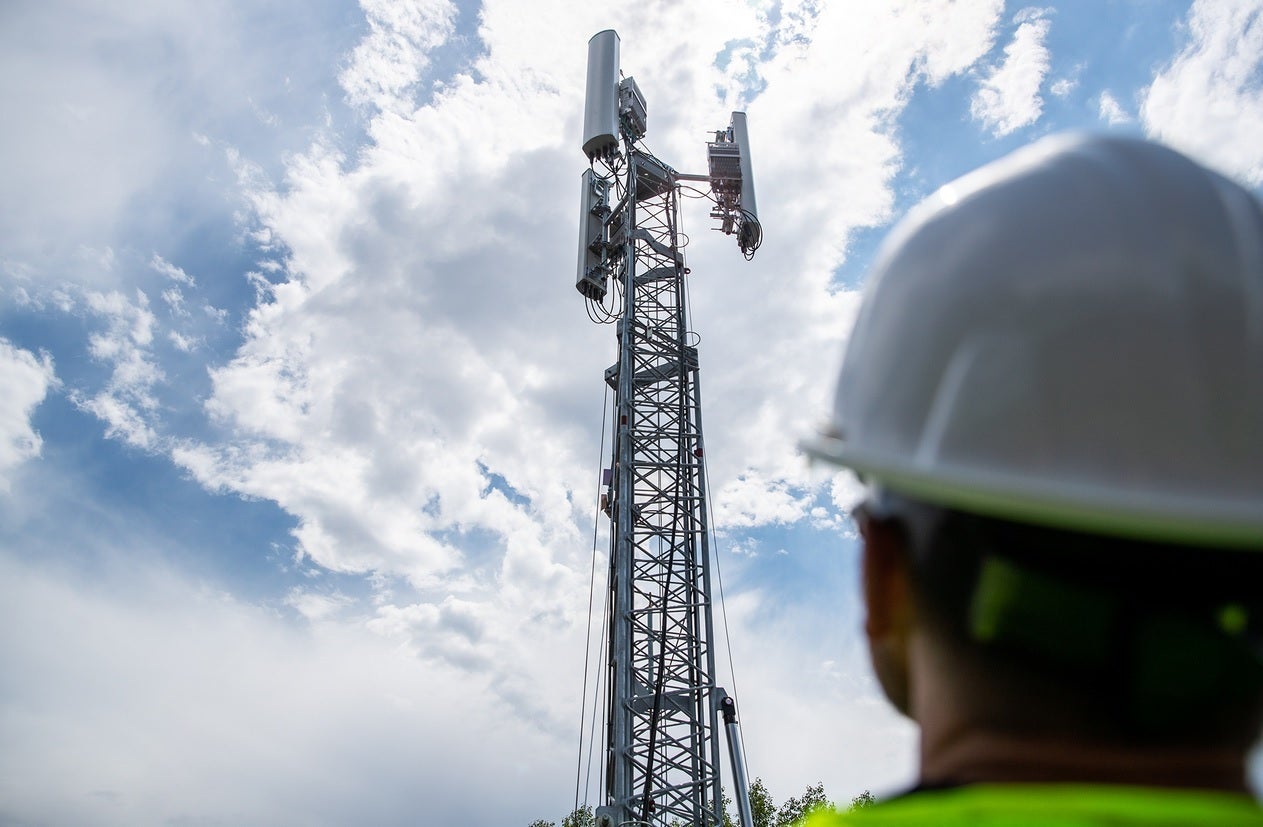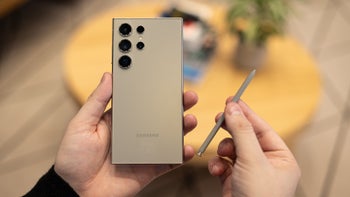Dish Wireless loses more customers as its 5G network deadlines loom

When T-Mobile was seeking FCC approval for its $26 billion merger with Sprint, the regulatory agency was concerned that reducing the number of major U.S. carriers by 25% would lead to higher prices and poorer service for consumers. So the FCC, T-Mobile, and Sprint worked out a deal with Dish Network to become the "fourth nationwide facilities-based network competitor."
Dish is under pressure to speed up the build of its 5G wireless network
Under the terms of the deal, Dish must reach 20% of the U.S. with its 5G signals by this June, rising to 70% by June 2023. As it builds out its stand-alone 5G network, the satellite television provider is offering service thanks to MVNO deals it has with T-Mobile and AT&T. These deals give Dish Wireless the opportunity to build its business while it constructs its own 5G platform.

Dish is rushing against the clock to build its 5G network
But according to The Wall Street Journal, building its 5G network has not gone smoothly for Dish and its Chairman Charlie Ergen. The executive spoke to the media during a conference call following yesterday's earnings report and took the blame for the potholes that Dish has driven over.
"We’re six months behind, and it’s my fault," Ergen said. "We just didn’t anticipate that we’d have to do as much on the technical side." Ergen has longed to own a mobile carrier for years even bidding $25.5 billion for all of Sprint back in April 2013. Dish was battling with SoftBank to acquire Sprint and the Japanese firm eventually won the battle and acquired 70% of the company which it eventually sold to T-Mobile.
Ergen says that it is having problems trying to integrate equipment and software from different suppliers. It also is having issues trying to arrange enhanced 9-1-1 emergency service throughout the country. One issue listed by The Journal is that Dish has been trying to build its network using various components from different suppliers instead of purchasing all-in-one solutions from well-known networking firms such as Ericsson and Nokia.
Dish tested its 5G service in Las Vegas in late 2021 and it has plans to launch 5G in 25 other major metropolitan markets before expanding its service to other areas. The company needs to pay attention to the timing because it faces fines of up to $2.2 billion if it doesn't meet the deadlines it set up with the FCC to cover a certain percentage of the country with its own 5G signals.
The 25 new markets that will carry Dish Wireless service include Albuquerque, New Mexico; Charlotte and Raleigh-Durham, North Carolina; Cleveland and Columbus, Ohio; Dallas, El Paso, Ft Worth, and Houston, Texas; Hartford, Connecticut; Indianapolis; Kansas City; Nashville; Norfolk, Richmond and Virginia Beach, Virginia; Oklahoma City; Orlando; Reno; Rochester and Syracuse, New York; Salt Lake City; Spokane, Washington; Springfield, Massachusetts; St. Louis; and Stockton, California.
Besides having to cover 20% of the nation's population with its 5G signals by this June, the schedule that Dish agreed to meet requires it to cover at least 70% of the U.S. population with wireless service equal to or greater than 35 Mbps. This must be done by June 14, 2023 and has to be verified by a drive test. It also must have no fewer than 15,000 5G sites deployed by the middle of June next year.
Dish Wireless lost 245,000 wireless customers last quarter
Dish Wireless started with 9.3 million customers it obtained when it purchased Sprint's pre-paid businesses including Boost Mobile. But that number has been dropping and during the fourth quarter, the company lost another 245,000 wireless customers (albeit lower than the year-ago quarter's decline of 363,000 customers). It currently has over 8.5 million cellphone users as customers and with the number of Pay-TV subscribers declining, Ergen says that Dish will become a wireless giant focusing on this part of its business.
T-Mobile has been the big winner after all of these complex maneuvers. The nation's second-largest wireless carrier has become the early 5G leader in the states largely thanks to the 2.5GHz mid-band spectrum owned by Sprint which was the reason for T-Mobile's aggressive pursuit of the wireless firm.
Mid-band 5G signals travel longer distances than mmWave airwaves. While they don't deliver download data speeds in the range of 1Gbps as mmWave signals do, download data speeds for mid-band signals are usually in the neighborhood of 300Mbps. Low-band signals, which have the largest reach, are often no faster than advanced LTE networks.
Right now, when your phone shows a 5G connection, if you're not in a major metropolitan area you are most likely connected with a low-band signal.










Things that are NOT allowed: